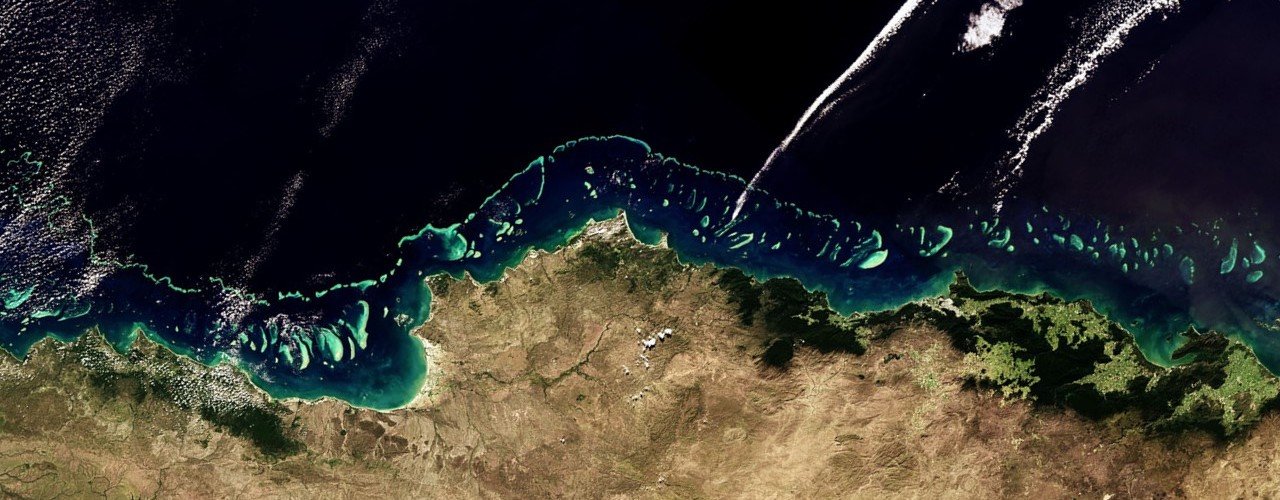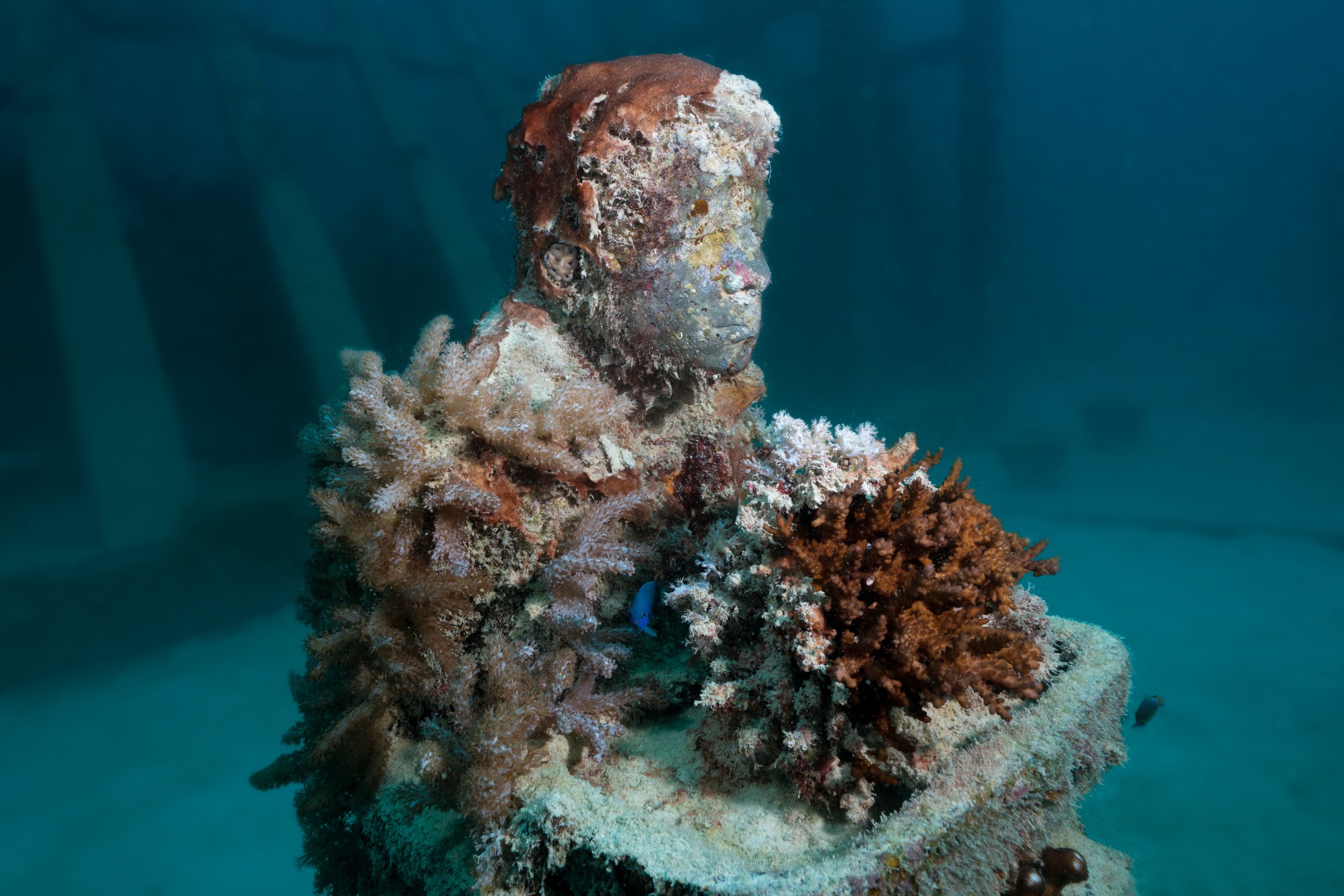
Sea Country
Explore the spiritual and physical connection First Nations People have with the seas and the Great Barrier Reef.
Sea Country History
The Great Barrier Reef, one of the world's most iconic natural wonders, has a history that extends back thousands of years, long before it became submerged beneath the waters. This history is deeply intertwined with the lives of the First Nations People who inhabited the region for countless generations - the Saltwater People.
First Nations Connection
The Great Barrier Reef began forming around 20 million years ago during the Miocene epoch. As the sea levels rose and fell over millennia, the reef's structure evolved into its current form. However, well before the reef emerged, the land on which it now stands was part of the Australian continent, connected to the mainland.
First Nations People have lived in Australia for at least 65,000 years, making them one of the oldest continuous cultures on Earth. The Great Barrier Reef region around Townsville and Palm Island, to which John Brewer Reef belongs and where MOUA’s Coral Greenhouse and Ocean Sentinels installations are located, was home to several First Nations groups including the Nyawaygi, Gugu-Badhun, Bindal, Wulgurukaba, and Manbarra. Each group had its unique language, customs, and spiritual beliefs, but they all shared a deep connection with the land and sea.
Before the region became submerged by rising sea levels around 9,000 years ago, the First Nations People lived a hunter-gatherer lifestyle. They had an intimate understanding of the diverse ecosystems, including rainforests, mangroves, and coastal areas, that covered the land before the reef was formed.
Their survival relied on a profound knowledge of the environment, understanding the seasons, and the behaviour of plants and animals. They skilfully used a wide variety of tools, such as spears, boomerangs, and nets, to hunt animals and catch fish.
Spiritual & Cultural Significance
The land and sea held significant spiritual and cultural importance for First Nations communities. They believed that the landscape was shaped by their ancestral beings during the Dreaming, a period when the world was formed, and the laws and traditions of First Nations society were established.
Specific locations, such as natural formations, freshwater springs, and rock art sites, were regarded as sacred and served as important gathering places for ceremonies and storytelling. The reef itself held spiritual significance as a living entity that needed to be cared for and protected.
First Nations People interacted with the Great Barrier Reef for thousands of years before it became submerged. They had an intricate knowledge of the reef's marine life and coastal resources, which they used for sustenance and trade. The reef offered a diverse array of seafood, including fish, crustaceans, and shellfish, which were an essential part of their diet.
First Nations communities also engaged in trade with neighbouring groups, exchanging goods and knowledge, including stories about the Dreaming and cultural practices.
Modern Challenges & Preservation
The European exploration of the Great Barrier Reef began in the 17th century when Dutch and British navigators encountered the coastline of eastern Australia. As European settlement increased over the following centuries, the lives of First Nations People were dramatically impacted. Dispossession, violence, and diseases brought by the newcomers resulted in significant disruptions to their traditional way of life.
Today, the Great Barrier Reef faces various threats, including climate change, coral bleaching, ocean acidification, and pollution. These challenges not only endanger the reef's biodiversity but also impact the coastal communities, including some First Nations groups, who rely on the reef for their cultural and economic survival.
In recent times, there has been a growing recognition of the importance of indigenous knowledge in reef management and conservation efforts. Collaborative projects involving First Nations communities aim to combine traditional ecological knowledge with modern science to preserve and protect this extraordinary natural treasure.
“[MOUA is] a living piece of art that communicates to the people how important research is, how important coral reefs are, and how all these aspects – art, science, humanity – can come together to protect the reef.”
Dr Katharina Fabricius, Ocean Sentinel
More Reviews
Dreamtime Stories
Dreamtime stories are an essential aspect of First Nations culture, representing their spiritual beliefs and connection to the land and sea. The following short forms of Dreamtime stories provide a glimpse into the rich cultural tapestry of the First Nations People and their profound connection to the Great Barrier Reef or Sea Country. These stories continue to be passed down through generations, preserving the ancient wisdom and spiritual significance of this extraordinary natural wonder.
The Rainbow Serpent
The Rainbow Serpent is a powerful ancestral being who created the landscape during the Dreaming. It traveled across the land, forming rivers, mountains, and waterholes. When it reached the coast, it entered the sea, creating the coral reefs and islands of the Great Barrier Reef. The Rainbow Serpent is a symbol of fertility, life, and renewal.
The carpet snake Gubbal
The primordial creative serpent of the Manbarra people, a carpet snake named Gubbal, is said to have slithered down the Herbert River, and, swimming across the sea, to have disintegrated, leaving pieces of his back as Palm Island and his head as Magnetic Island - and possibly also forming the nearby John Brewer Reef where MOUA’s Coral Greenhouse and Ocean Sentinels installations are located.
The Creation of the Islands
This Dreamtime story explains how the islands of the Great Barrier Reef were formed. It tells of a time when the sea levels were lower, and the land extended further. As ancestral beings traveled across the land, they dropped shells and rocks from their bags, which turned into the islands we see today as the sea levels rose.
The Story of Bana-gur
Bana-gur was a wise and powerful man who lived in the region of the Great Barrier Reef. He was known for his ability to communicate with marine creatures and had a deep understanding of the sea. According to the Dreaming, Bana-gur taught his people the importance of sustainable fishing practices, respecting the marine life, and caring for the reef.
The Origin of Sea Turtles
In this Dreamtime story, sea turtles are believed to have originated from the spirits of First Nations ancestors. These ancestors were transformed into turtles to protect and guide their descendants through the waters of the Great Barrier Reef. Thus, sea turtles hold immense spiritual significance for the First Nations communities living along the coast.
The Stingray Sisters
This Dreamtime story centres around three sisters who transformed into stingrays. They swam across the waters of the Great Barrier Reef, shaping the coastline and creating the sandy beaches. The Stingray Sisters are revered and respected, and their story is often shared through dance and song during ceremonies.
The Journey of the Dugong
The Dugong, or "sea cow," is considered a totemic animal for many First Nations groups along the Great Barrier Reef. In this Dreamtime story, the Dugong undertakes a long and arduous journey from the coastal waters to the sea, symbolising the cycles of life and the seasonal movements of marine creatures.
★★★★★
“MOUA is unique and truly a world class attraction! I love going back to this place to see how IT attracts different corals and marine life.”
Al Songcuan, Visitor
THE LANGUAGE
The origins of the First Nations languages are deeply intertwined with the rich tapestry of Australia's indigenous cultures.
Across the continent, these languages are borne out of a profound connection to the land and sea, reflecting the intricate understanding of natural environments and the seasonal rhythms that have sustained Aboriginal communities for millennia.
The linguistic heritage encapsulates practical knowledge for survival, cultural expressions, and spiritual beliefs, passed down through generations and is a testament to the enduring relationship between indigenous communities and their ancestral landscapes.
In the case of the Wulgurukaba people, one of the groups who calls the the Great Barrier Reef region around Townsville and Palm Island home, to which John Brewer Reef belongs and where MOUA’s Coral Greenhouse and Ocean Sentinels installations are located, their language exemplifies the connection to the Sea Country, encompassing the nuanced understanding of coastal life.
Learn a few words in the language of the Wulgurukaba people now to prepare for your MOUA adventure!
Secure a Spot
Space on tour boats is limited so book your spot now to not miss out!
Underwater Art
The are dozens of underwater art installations, many with an indigenous influence, at the Museum of Underwater Art at John Brewer Reef in the Sea Country - enough to keep you busy for multiple days of diving and snorkelling and exploring! This is one of the top things to do in Townsville, Queensland and a must see on the Great Barrier Reef.
FAQs
-
The underwater sculptures at John Brewer Reef are public art and can be freely accessed by recreational visitors to the Marine Park. However, if tourists would like to visit the John Brewer Reef sites by vessel and have the guidance of an expert guide, there are several commercial tourism opportunities available.
-
Absolutely! Scuba diving and snorkelling are highly encouraged at the sculpture sites. They offer an excellent opportunity to witness the underwater sculptures and explore the surrounding reefs. The sites are designed to accommodate both snorkelling and scuba diving enthusiasts, with shallow water areas (4-6m) specifically intended for snorkelling and deeper sections (12-18m) suitable for scuba diving.
-
To ensure the preservation and respect for the underwater sculptures, we advocate a no touching policy, similar to coral reefs. We aim to promote Responsible Reef Practices and will provide interpretive manuals, training, websites, and brochures to educate visitors about the importance of not touching the artworks. Over time, the sculptures will naturally accumulate marine life as corals and other organisms attach to them. This process not only adds to their visual appeal but also integrates them ecologically into the local environment, making them even more fascinating for visitors to observe.




